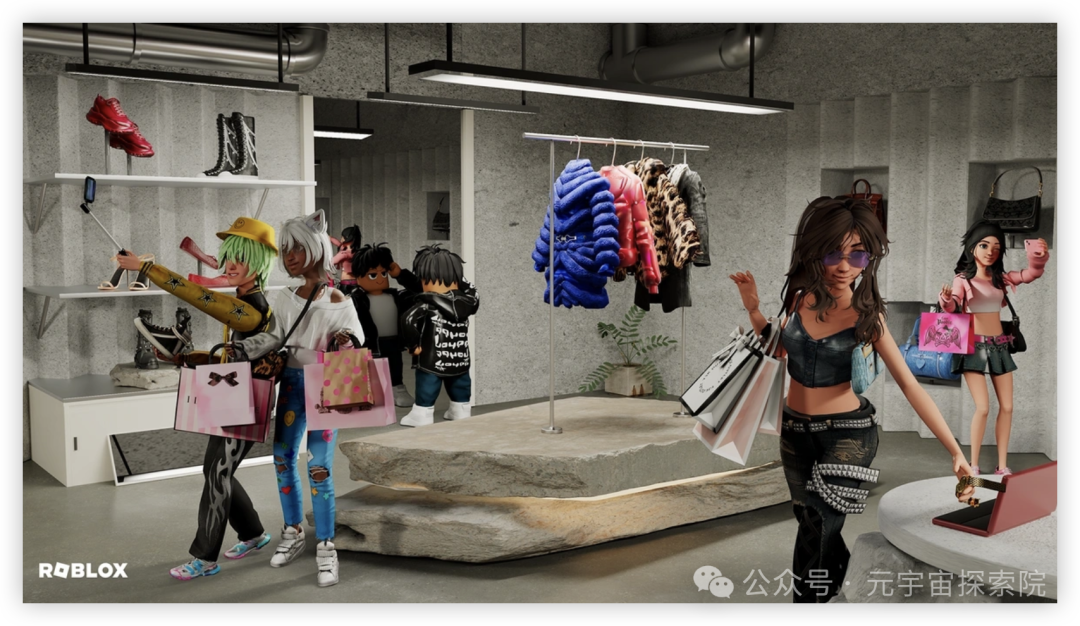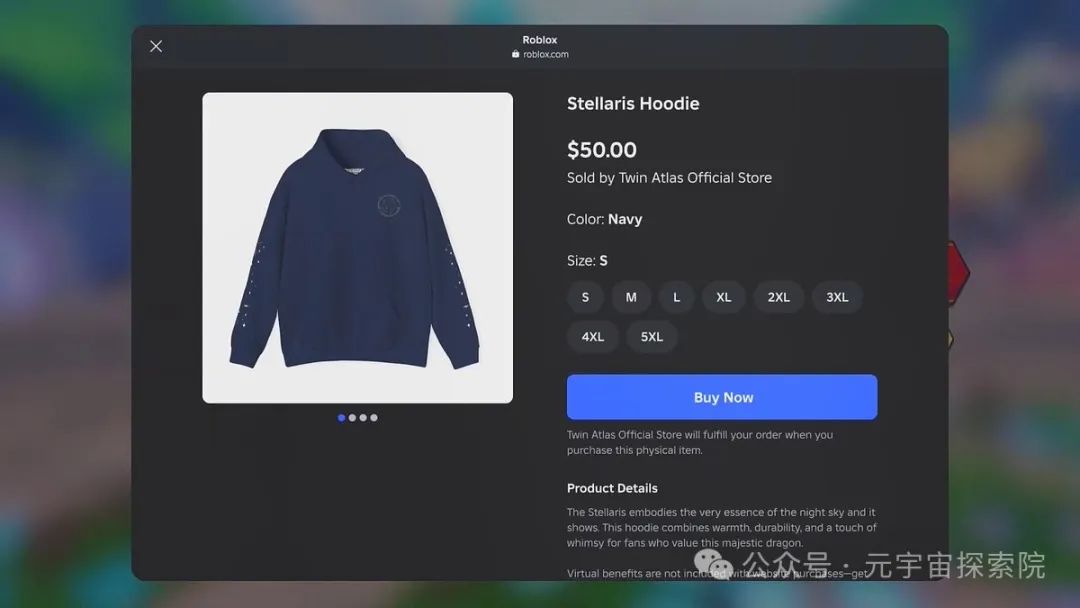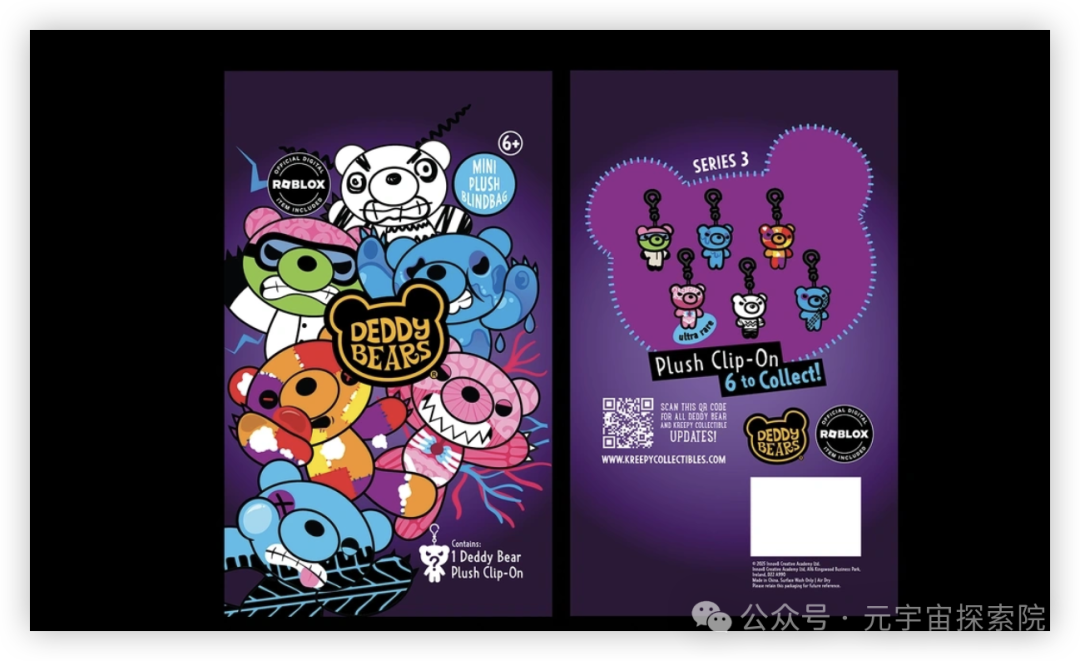When Roblox Meets Shopify: A Real Shopping Revolution in the Metaverse!

Can you believe it? Now, with just a few clicks, you can buy clothes, toys, and even movie tickets in Roblox without leaving the game. All of this is thanks to Roblox's recent launch of "Commerce APIs" and "Approved Merchandiser Program." This isn't just an experience upgrade for gamers, it's more like a "store license" for brands in the virtual universe.
A New Business Model is Born
On Roblox, shopping is finally no longer just a digital game. The release of Roblox's Commerce APIs marks the first time the boundary between the metaverse and real economy has intersected so clearly. You can imagine, just like how we once transitioned from offline to online shopping, now Roblox is embedding this step directly into our "virtual lives." From teddy bears to lipstick, brands can sell their products in physical form to Roblox users while also providing virtual items.

Shopify's involvement makes this model even more feasible. Whether it's independent game creators or big brands like Fenty Beauty, they can easily set up virtual stores in the Roblox world, selling physical products while simultaneously unlocking digital rewards. For example, certain Fenty lipsticks are only available for purchase in the game, and users can shop while playing, just like walking into a "social shopping mall."
A "Two-Way Journey" from Virtual to Reality
Roblox's Approved Merchandiser Program (AMP) further bridges the connection between offline and online. If you buy a teddy bear with the Roblox brand logo, you'll find a code on it that can be redeemed for virtual items to decorate your character. This isn't just a marketing tactic, but provides users with an experience of "buying fun, playing interesting." For creators, they can deeply bind offline purchases with the metaverse through AMP, creating unique brand loyalty.

Innovation studio Twin Atlas has achieved six-figure revenue using Commerce APIs in their games, with 90% of orders coming from in-game shopping. And brands like Innov8 Creative Academy have perfectly combined physical products (like teddy bears) with virtual rewards through AMP, truly extending the "virtual economy" to the real market.
Who Benefits? Who Should Be Cautious?
This is undoubtedly a revolution - for creators, brands, and consumers, this is an opportunity; but for traditional retail, this might be a challenge. After all, when people can enjoy personalized shopping experiences in the metaverse while also getting social interaction, instant fun, and character growth, how much space is left for traditional e-commerce?
Roblox's goal is clear - to build the future's "virtual business ecosystem," where games are no longer the end point, but the starting point for brand communication, social interaction, and consumer behavior. We can expect that as more brands join, this metaverse "commercial street" will become increasingly lively.
Final Thoughts
Perhaps in the near future, we'll see scenes like this: a Roblox user trying on the latest clothes in a virtual game, clicking the purchase button, and receiving both physical clothing and virtual accessories within a week. This is no longer just a dream, but a future that's happening now. As Roblox envisions, the rise of virtual malls might be another complete upgrade to our shopping habits.
分享文章
3篇相关文章
The 'Uniqlo' of the Metaverse? Roblox Virtual Fashion Ecosystem Explodes, Capital Pours In!
2025-09-01
The metaverse is no longer a sci-fi concept; it has evolved into a vibrant economy. Among them, virtual fashion has emerged as a dark horse, becoming the hottest track. At the peak of this digital transformation wave, Roblox's user-generated content (UGC) fashion market is rising at an astonishing speed, expected to generate up to $330 million in revenue in 2025 alone.
Roblox Launches IP Licensing Platform: Squid Game and Stranger Things Enter the Metaverse
2025-07-16
Roblox launches a groundbreaking IP licensing platform, allowing creators to legally develop games based on hits like Stranger Things and Squid Game. Is this the next big metaverse wave for UGC?
Disneyland Moves Into Fortnite: Is This the Start of the Metaverse?
2025-11-06
Disney and Epic Games launch 'Disneyland Game Rush' inside Fortnite. It’s more than a crossover—it’s an early exploration of virtual theme parks and the metaverse’s future form.